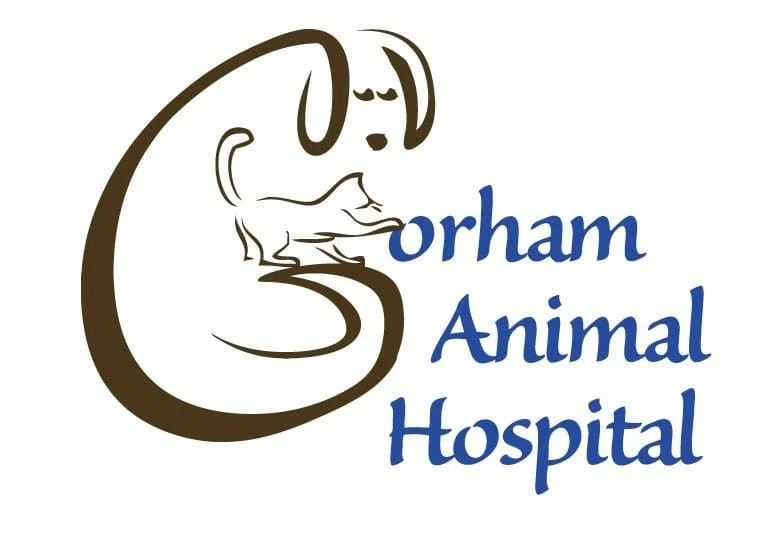Feline Kidney Diseases and Kidney Failure
by DR. SHERI SIME on MARCH 21, 2011 in ARTICLES (Updated 20 November 2013)
Feline Kidney Diseases and Kidney Failure
Especially as cats get older, kidney disease is a common health problem. Recent advances in veterinary medicine emphasize the importance of early recognition to slow the progression of the disease and improving a pet's quality of life.
If your pet has already been diagnosed with kidney or renal disease, hopefully this information will be of assistance. I am unable to diagnose this condition on a website, as other common diseases including diabetes and hyperthyroidism can present with similar symptoms and will need the direction of a veterinarian.
Our kidneys have several functions. They act sort of like a coffee filter removing debris from our body and aid in controlling hydration, influence electrolyte levels (calcium, phosphorus, potassium and sodium) and blood pressure. Normal kidneys will also stimulate bone marrow to make red cells, the cells responsible for carrying oxygen throughout the body.
Very advanced disease is present prior to any symptomatic development with kidney disease. One whole kidney can be gone without any effects. At 2/3 of ONE kidney, signs of excessive drinking and urination may be noted. Subtle changes in a urinalysis would be present. At ¼ of ONE kidney function or less, blood changes become apparent, and some further symptoms including weight loss, vomiting, anemia, and poor appetite may appear. Cats are often presented very ill, and although the disease has been progressive, they appear to be suddenly ill. Changes within the blood and urine have already been occurring.
A basic annual physical examination is of benefit to cats of all ages, but they become increasingly important as the pet ages. Early signs of many diseases, not just kidney disease, can be picked up. The regular blood and urine screening of older pets can not be emphasized enough.
As kidney function deteriorates, waste by-products build up and can be measured in the blood stream (BUN and CREATININE).
Advanced diagnostics including ultrasounds and renal biopsy may be recommended to establish the cause of renal failure and appropriate therapy.
Management tools for cats in renal failure:
Although the damage to the kidneys may be irreversible, there are a number of diets and therapies to extend and improve a pet's life. Treatment recommendations should be individualized to the patient.
Diets: Veterinary medicine has been greatly aided by the nutritional research being carried out. Cats being fed prescription kidney diets will live longer (on average twice as long), than those not. Whenever diets are changed it is advisable to do so slowly, and ideally out of a hospital setting while feeling ill and anxious. These diets contain high-quality restricted protein, minimizing the waste by-products produced, and try to help control electrolyte levels to counter the changes with kidney impairment. The diets have a high caloric content and help to maintain the pet's appetite and body weight.
Higher omega-3 fatty acids included have been shown to help slow disease progression. Finally, a slightly higher fibre level helps prevent waste product absorption from the bowels.
Antibiotics: Recent studies show that a significant portion of older cats, prone to dehydration, have bladder and/or kidney infections. Urinalysis may reveal bacteria present, and a culture determines the best course of treatment. With kidney involvement, a minimal 4-6 weeks of antibiotics is recommended. Many cats with pyelonephritis (kidney infection) do not show symptoms of straining, or passing small amounts of urine commonly associated with a bladder infection (cystitis).
Poor Appetite: Heating up a food, or adding warm water may make a diet more palatable. Some cats may require an appetite stimulant.
Managing High Blood Pressure: Approximately 20% of cats with renal disease are hypertensive on initial examination. Serious consequences including, bleeding within the eye, blindness and neurologic symptoms can be seen. The most common medications utilized include amlodipine, a calcium channel blocked and or an ACE inhibitor. In humans, lowering blood pressure has been shown to slow the progression of chronic renal disease.
FLUID Therapy: Older cats, especially those with renal disease are prone to dehydration. They are not eating or drinking as much as normal, and if the kidneys are not functioning, the cat will have difficulty regulating their body fluid levels.
Fluids can be added to the foods, or given orally. Canned foods have a higher water content, fresh water should always be available and a water fountain may stimulate more drinking.
Subcutaneous fluids may be administered under the skin using a needle, and this can be carried out at home under the direct supervision of a veterinarian.
ACE inhibitors: these reduce protein in the urine, which is thought to contribute to renal damage, and can also lower blood pressure.
Nausea and Vomiting - A cat’s stomach lining may become inflamed secondary to the accumulation of waste products in the blood. An H2-antagonist may be prescribed to lower the stomach acid secretion, or sucralfate (a liquid), to provide a protective stomach coating.
Kidney failure can not be cured. The most important aim of treatment is to prolong the quality of a pet's life.

